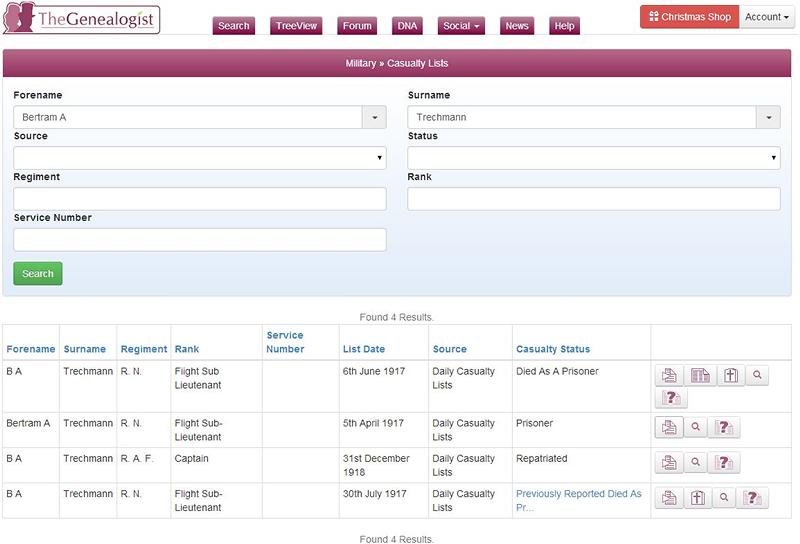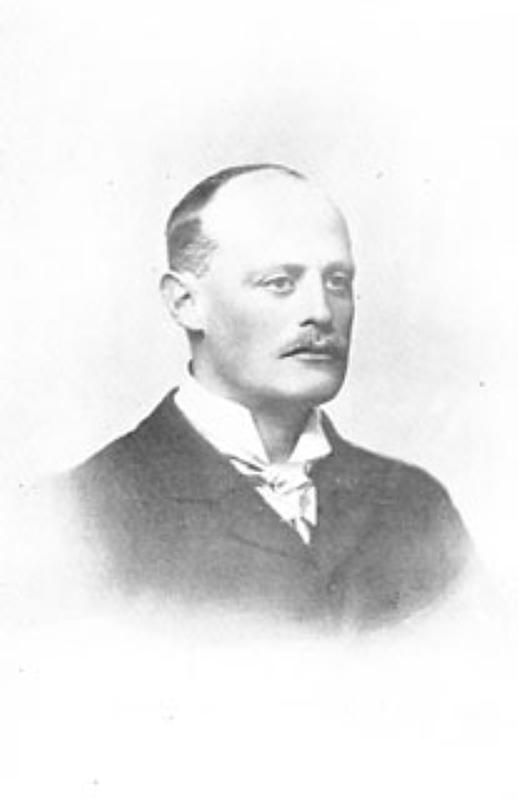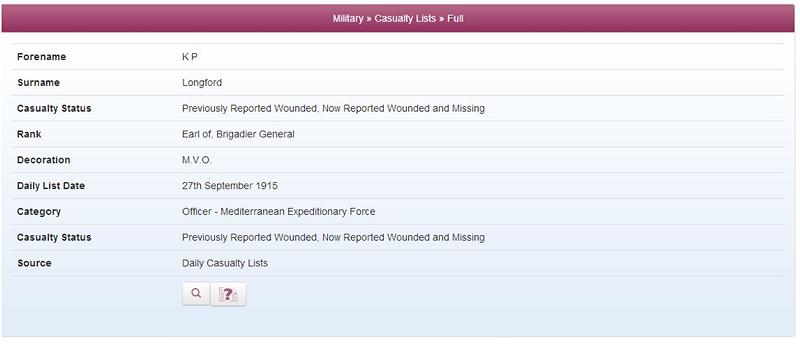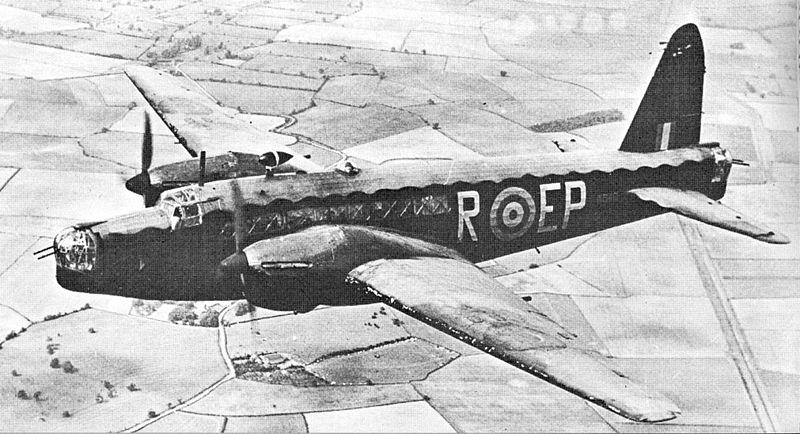Second World War Casualty Lists released online
TheGenealogist is adding to its Military Records collection with the release of more than 1 million entries for people recorded in the Second World War Casualty Lists. Sourced from collection WO 417 held at The National Archives, these documents contain records from the war years of 1939 to 1945 and list casualties sustained by the British Army during the Second World War. There are volumes for Officers and Nurses, with separate volumes for Other Ranks. The Casualty Lists were compiled from daily lists that had been prepared by the War Office Casualty Section and cover the various expeditionary forces deployed in different locations across Europe, Africa and Asia as well as for personnel at home.
British Army Second World War casualties include wounded and POWs
WW2 Casualty Records will give family history researchers details of ancestors’ names and regiment as well as ranks and service numbers for those recorded. The World War 2 casualty lists contained more detail than their WW1 counterparts and often list the date of the casualty (as well as the list date), plus other information such as the unit a soldier had been serving in at the time.
Included in these lists are those who had been unaccounted for by the military, been dangerously ill or injured, captured as a Prisoner of War or died. The records include troops who had been serving in a number of places across the world, but also cover personnel who had lost their lives, were injured at home or were serving at an overseas station outside the theatres of war. Updates and corrections appear in the records as new information was received by the War Office.
These records allow a researcher to use TheGenealogist’s unique SmartSearch by simply clicking the magnifying glass at the bottom of the transcript. This will automatically search for any other records relating to that person. For example, if they were a Prisoner of War this will return other records from TheGenealogist’s military collection, including PoW records that reveal what camp that soldier had been recorded in.
If a person had died, you also get a smart link to the Commonwealth War Graves Commission (CWGC) which brings up details of their war grave, with further information.
Use the WWII casualty list records to:
- Find ancestors who were Missing, Wounded, Killed in Action or Prisoners of War
- Discover army personnel seriously ill or accidentally killed serving at home or overseas
- Check an ancestor’s rank and service number
- Find the theatre of war in which your ancestor was serving when they became a casualty
Read TheGenealogist's article: WWII Casualty Lists finds two motor racing aces executed by the Nazis








